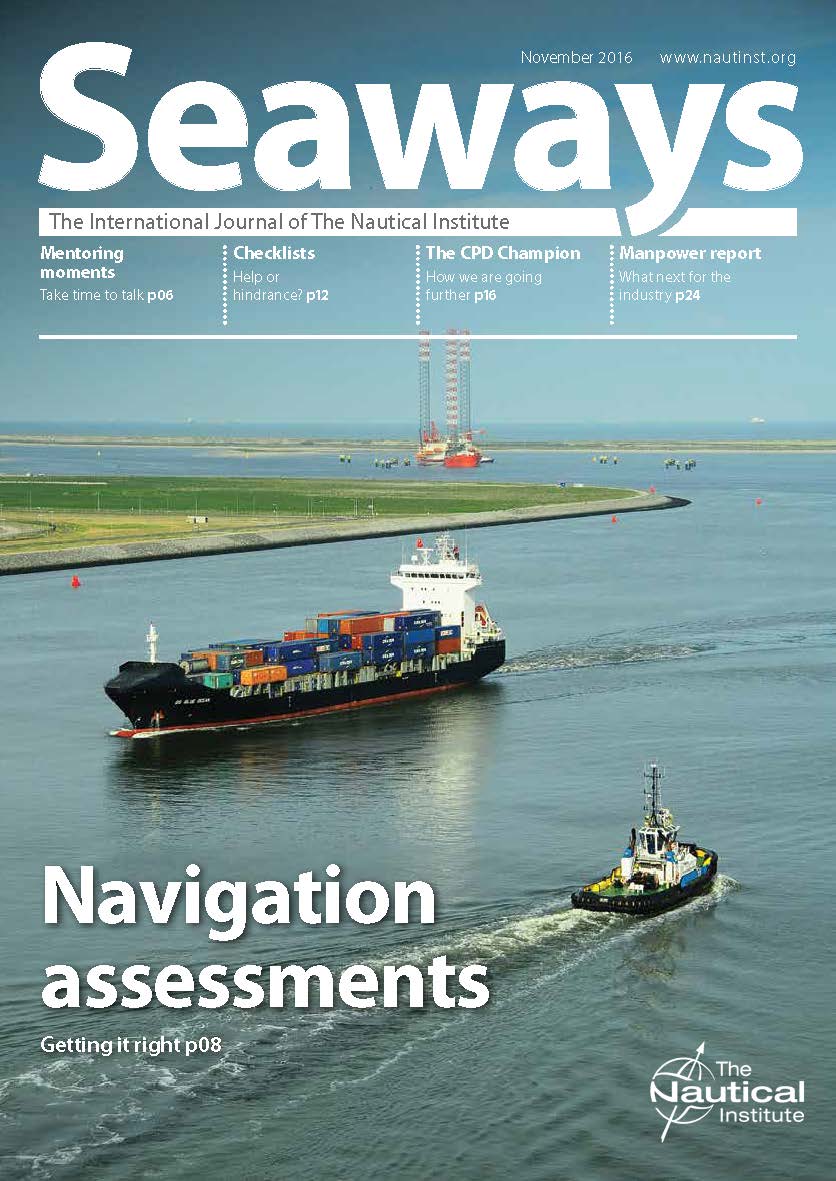Latest MARS edition is now available under our Loss Prevention-section.
 The Nautical Institute is an international representative body for maritime professionals and has over 7,000 members in 115 different countries. Please help MARS by sending your close calls/near misses, incidents and accident reports to The Nautical Institute. Read more on their website, www.nautinst.org
The Nautical Institute is an international representative body for maritime professionals and has over 7,000 members in 115 different countries. Please help MARS by sending your close calls/near misses, incidents and accident reports to The Nautical Institute. Read more on their website, www.nautinst.org
Member Alert is published by The Swedish Club as a service to members. While the information is believed correct, the Club cannot assume responsibility for completeness.